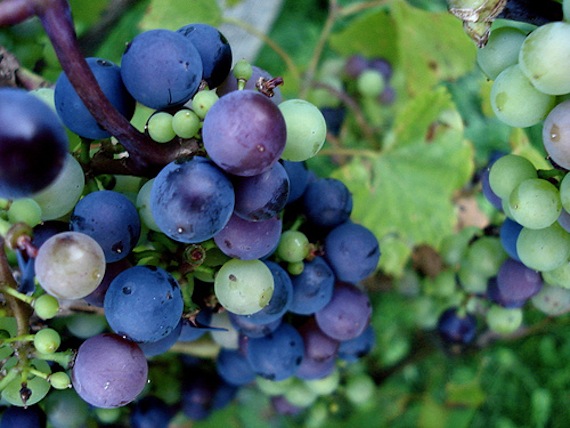If you’re a wine drinker, have you noticed yourself getting a little tipsy after only one glass? Don’t worry you’re not becoming lightweight, but it seems as though some wines are becoming much more alcoholic.
A recent article in Scientific American called attention to the fact that over the past two decades, the maximum alcohol content of wine has gone from about 13 percent to around 17 percent. They say it’s a side effect of the growing popularity of wines with richer fruit flavor. Producing wines with those flavors means letting grapes hang longer on the vine. Longer hang time=more sugar. The more sugar the wine yeast has access to, the more alcohol it makes.
Some wine experts in the story discussed why more alcohol isn’t necessarily a good thing (huh?). Points they brought up include:
- More alcohol can counterproductively dampen wine’s characteristic bouquet. The chemicals responsible for the different aromas wines produce are more reluctant to diffuse from liquid to air when a wine is higher in alcohol content.
- Wine with more alcohol in it can mean higher taxes. We’re with you on that one.
- Wine drinkers are not able to fully enjoy the experience because they are more limited in the amount they can drink. “Wines that are 15 percent alcohol and more are not exactly wines you can make it through two or three bottles over the course of a meal with friends,” said Matt Stamp, master sommelier and education director at the Guild of Sommeliers.
To remedy the issue, many scientists are hard at work trying to figure out how to produce weaker dry wines from riper grapes. Some have already tried things like clipping the leaves covering grape clusters, changing irrigation practices, or artificially removing alcohol from finished wine. The success of these ideas has been limited because they affect the flavor.
Do you think wine having higher alcohol content is a problem if it’s not actually affecting every type of wine? Is it good to have a little variety?


